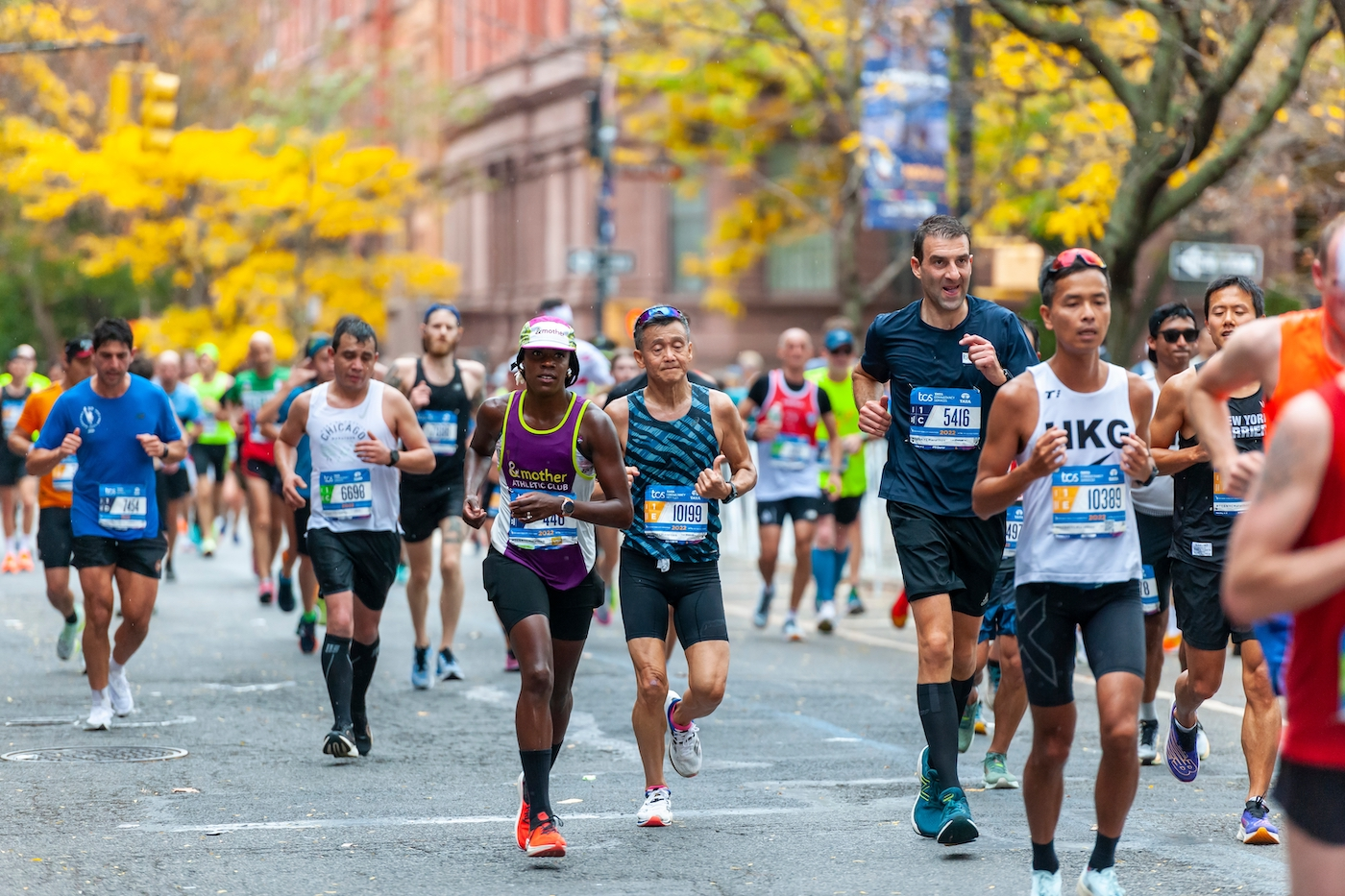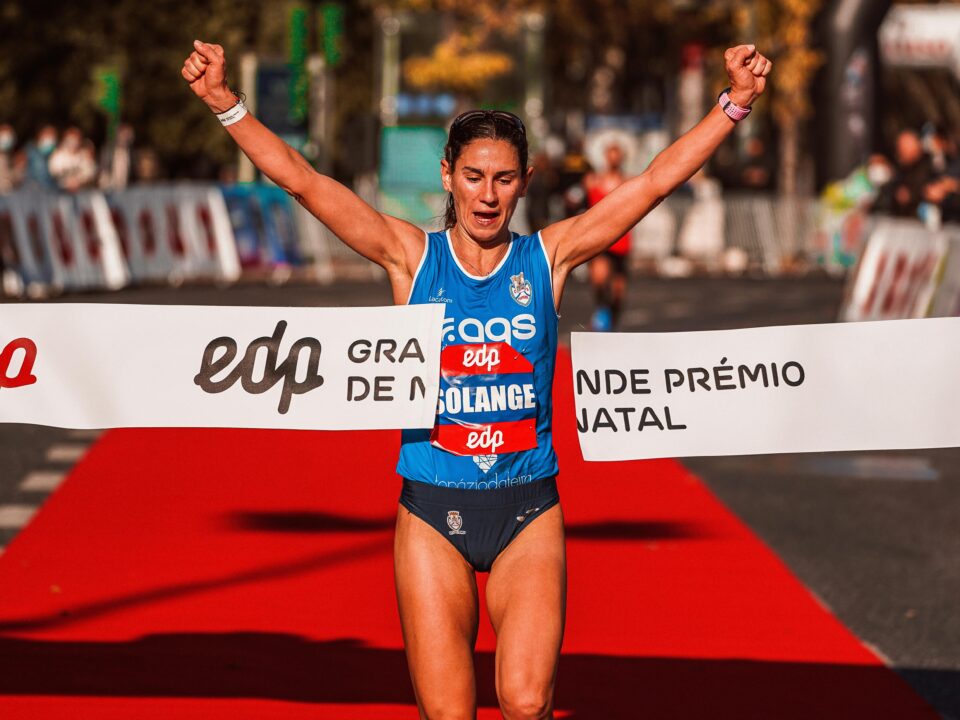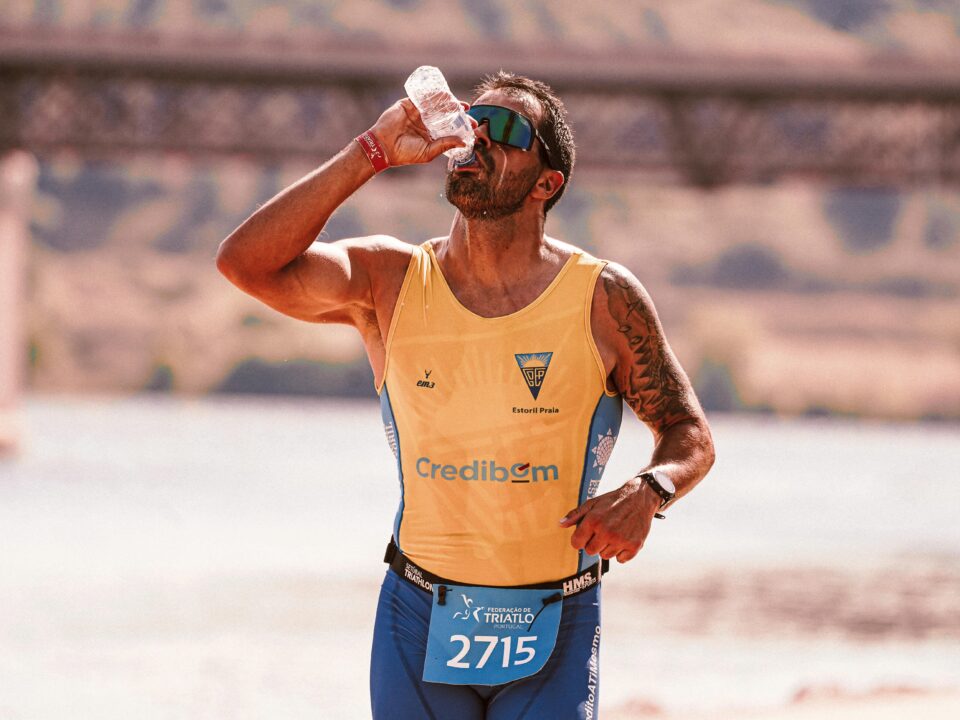
The Power of Resetting
August 6, 2025
Fueling for Your Marathon Part 4: How To Be Race Day Ready & Recover Like A Pro
August 14, 2025
The Power of Resetting
August 6, 2025
Fueling for Your Marathon Part 4: How To Be Race Day Ready & Recover Like A Pro
August 14, 2025Fueling for Your Marathon Part 3: How many carbs do you need?
Carb loading isn’t just for race week, you have to train to carb load the same way you train to run, slowly increasing over time. Like anything else in your plan, fueling under pressure only works if it’s been tested first.
In this third article in our marathon nutrition series, we’ll show you how to calculate your carb needs, practice loading before longer runs, and build a routine that supports energy without overdoing it.
Why Carb Loading Matters
Carbohydrates are your body’s most efficient fuel for moderate to high-intensity running. But you can only store so many carbohydrates at once as glycogen, or stored energy. If you go into a long run without sufficient stores, you’re more likely to:
- Hit the wall
- Feel sluggish or flat mid-run
- Recover slowly after
- Interfere with your pacing and planning
Practising carb loading teaches your body (and gut) how to top up energy stores effectively before it really counts.
How Much Carbohydrate Do You Need?
Use this chart to calculate how many carbohydrates you may need preparing for long runs and race day:
How to Reach Your Carb Targets
Incorporating loads of extra carbohydrates can feel like a lot. Runners often struggle with the quantity of food necessary to hit those targets, but you don’t need to force huge meals. Now is not the time to focus on fibre rich whole grains and veg, processed foods can help you reach your goal. The key is to plan ahead, start early, and spread your intake across the day.
Carb loading strategies:
- Increase carb portions at each meal
- ½ cup rice → 1 full cup
- Add a slice of toast or extra potato and decrease your veg serving
- Use honey, jam, or fruit as easy carb additions
- Include 2–3 carb-based snacks per day
- Yoghurt rice cakes + banana
- Fruit + cereal bar
- Bagels + jam
- Pancakes + honey
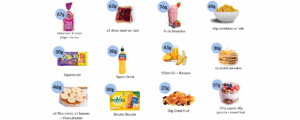
- Use liquid carbs to boost intake without bulk
- Fruit juice
- Smoothies with banana, oats, and yoghurt
- Sports drinks
- Start early if you struggle with volume
- You can begin increasing carbs earlier if needed
- Use frequent, smaller meals and drinks to spread intake comfortably
Here is an example of how to carb-load for a 90 minute run for a 65kg runner:
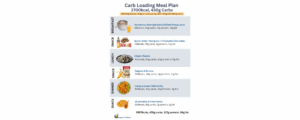
Putting It Into Practice
Choose one of your next long runs, choose one step to start increasing your carbohydrates before to see what you tolerate best. Continue to increase from there to hit your targets:
- Increase your carb portions at 2 meals the day before a long run
- Add in 1-2 extra high carb snacks
- Add 2 carb-rich drinks into your day
- Run at a similar start time as race day and trial your pre-race, carb-rich breakfast
Track how you feel: energy, digestion, pace. You don’t have to nail it on the first try. Each run is a test, use the feedback to personalise your strategy.
What’s next?
In Part 4, we’ll bring it all together: how to execute your race-day fueling plan with confidence, from breakfast to finish line (and recovery beyond).
Need help building your plan for long runs, carb loading, or race day itself?
Join our Marathon Fueling Webinar on August 18th at 7:30pm.
REGISTER HERE to save your place or access the replay if you can’t make it live.
References
Burke, L. & Hawley, J. (2018). Swifter, higher, stronger: What’s on the menu? Science, 362, 781–787. https://doi.org/10.1126/science.aau2093
Tiller, N. et al. (2019). Nutritional considerations for ultra-marathon training and racing. JISSN, 16. https://doi.org/10.1186/s12970-019-0312-9
Bennett, J. & Kehoe, M. (2008). Marathon fueling techniques: A proposed intake schedule. Strength & Conditioning Journal, 30, 56–65. https://doi.org/10.1519/SSC.0B013E318187F1B5
Fueling for Your Marathon Part 3: How many carbs do you need?
Carb loading isn’t just for race week, you have to train to carb load the same way you train to run, slowly increasing over time. Like anything else in your plan, fueling under pressure only works if it’s been tested first.
In this third article in our marathon nutrition series, we’ll show you how to calculate your carb needs, practice loading before longer runs, and build a routine that supports energy without overdoing it.
Why Carb Loading Matters
Carbohydrates are your body’s most efficient fuel for moderate to high-intensity running. But you can only store so many carbohydrates at once as glycogen, or stored energy. If you go into a long run without sufficient stores, you’re more likely to:
- Hit the wall
- Feel sluggish or flat mid-run
- Recover slowly after
- Interfere with your pacing and planning
Practising carb loading teaches your body (and gut) how to top up energy stores effectively before it really counts.
How Much Carbohydrate Do You Need?
Use this chart to calculate how many carbohydrates you may need preparing for long runs and race day:
How to Reach Your Carb Targets
Incorporating loads of extra carbohydrates can feel like a lot. Runners often struggle with the quantity of food necessary to hit those targets, but you don’t need to force huge meals. Now is not the time to focus on fibre rich whole grains and veg, processed foods can help you reach your goal. The key is to plan ahead, start early, and spread your intake across the day.
Carb loading strategies:
- Increase carb portions at each meal
- ½ cup rice → 1 full cup
- Add a slice of toast or extra potato and decrease your veg serving
- Use honey, jam, or fruit as easy carb additions
- Include 2–3 carb-based snacks per day
- Yoghurt rice cakes + banana
- Fruit + cereal bar
- Bagels + jam
- Pancakes + honey

- Use liquid carbs to boost intake without bulk
- Fruit juice
- Smoothies with banana, oats, and yoghurt
- Sports drinks
- Start early if you struggle with volume
- You can begin increasing carbs earlier if needed
- Use frequent, smaller meals and drinks to spread intake comfortably
Here is an example of how to carb-load for a 90 minute run for a 65kg runner:

Putting It Into Practice
Choose one of your next long runs, choose one step to start increasing your carbohydrates before to see what you tolerate best. Continue to increase from there to hit your targets:
- Increase your carb portions at 2 meals the day before a long run
- Add in 1-2 extra high carb snacks
- Add 2 carb-rich drinks into your day
- Run at a similar start time as race day and trial your pre-race, carb-rich breakfast
Track how you feel: energy, digestion, pace. You don’t have to nail it on the first try. Each run is a test, use the feedback to personalise your strategy.
What’s next?
In Part 4, we’ll bring it all together: how to execute your race-day fueling plan with confidence, from breakfast to finish line (and recovery beyond).
Need help building your plan for long runs, carb loading, or race day itself?
Join our Marathon Fueling Webinar on August 18th at 7:30pm.
REGISTER HERE to save your place or access the replay if you can’t make it live.
References
Burke, L. & Hawley, J. (2018). Swifter, higher, stronger: What’s on the menu? Science, 362, 781–787. https://doi.org/10.1126/science.aau2093
Tiller, N. et al. (2019). Nutritional considerations for ultra-marathon training and racing. JISSN, 16. https://doi.org/10.1186/s12970-019-0312-9
Bennett, J. & Kehoe, M. (2008). Marathon fueling techniques: A proposed intake schedule. Strength & Conditioning Journal, 30, 56–65. https://doi.org/10.1519/SSC.0B013E318187F1B5
Upgrade NOW
Upgrade NOW





